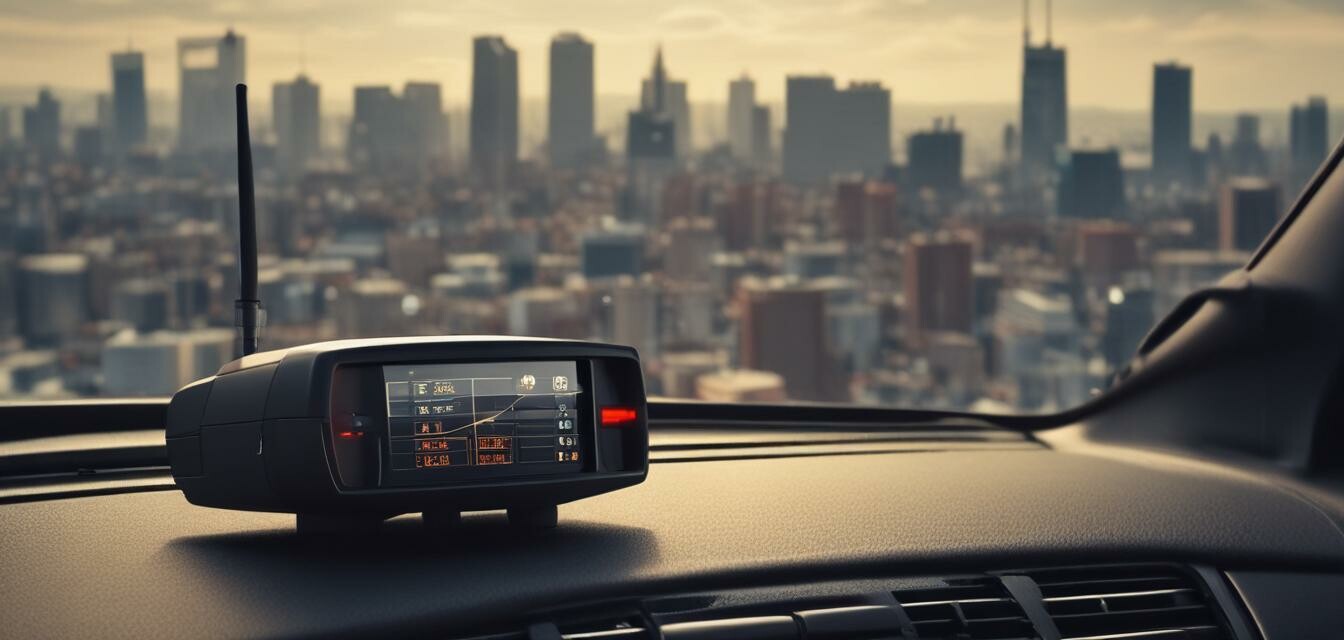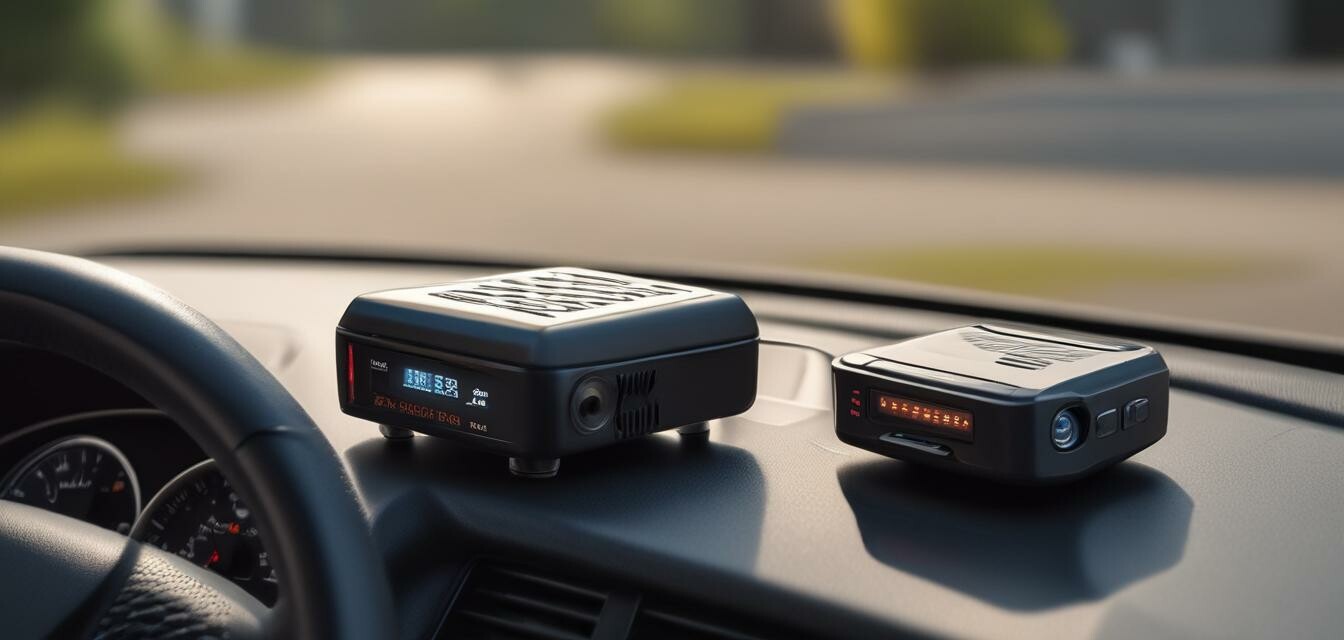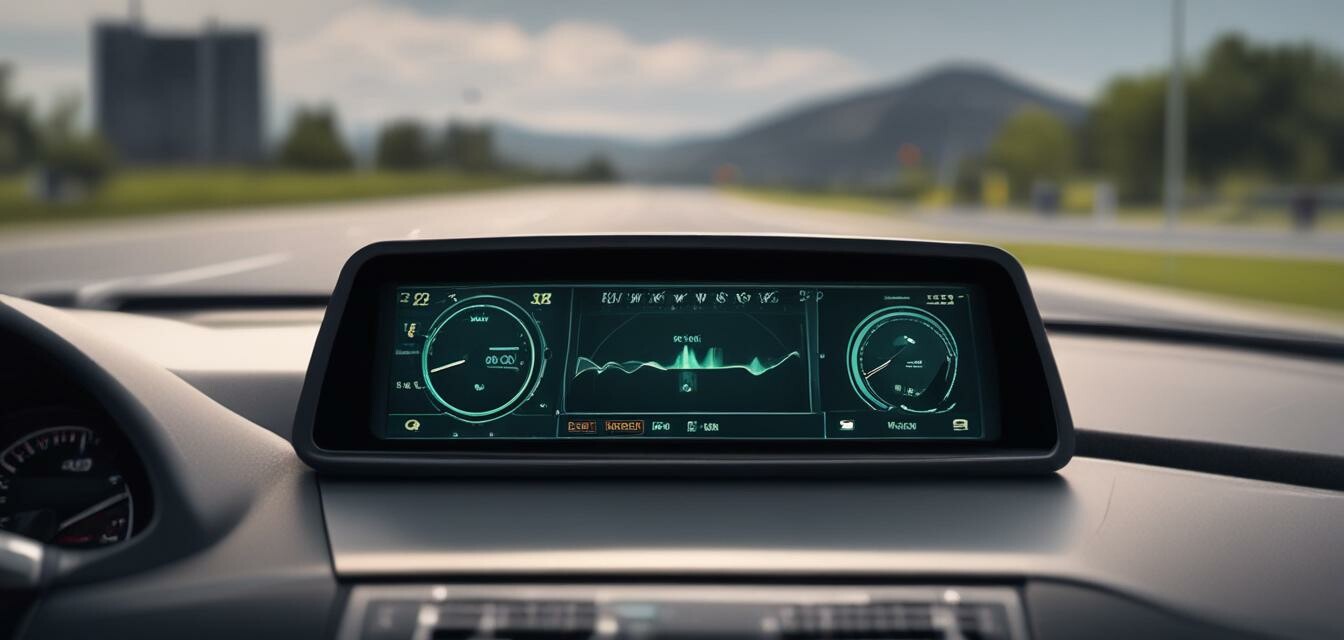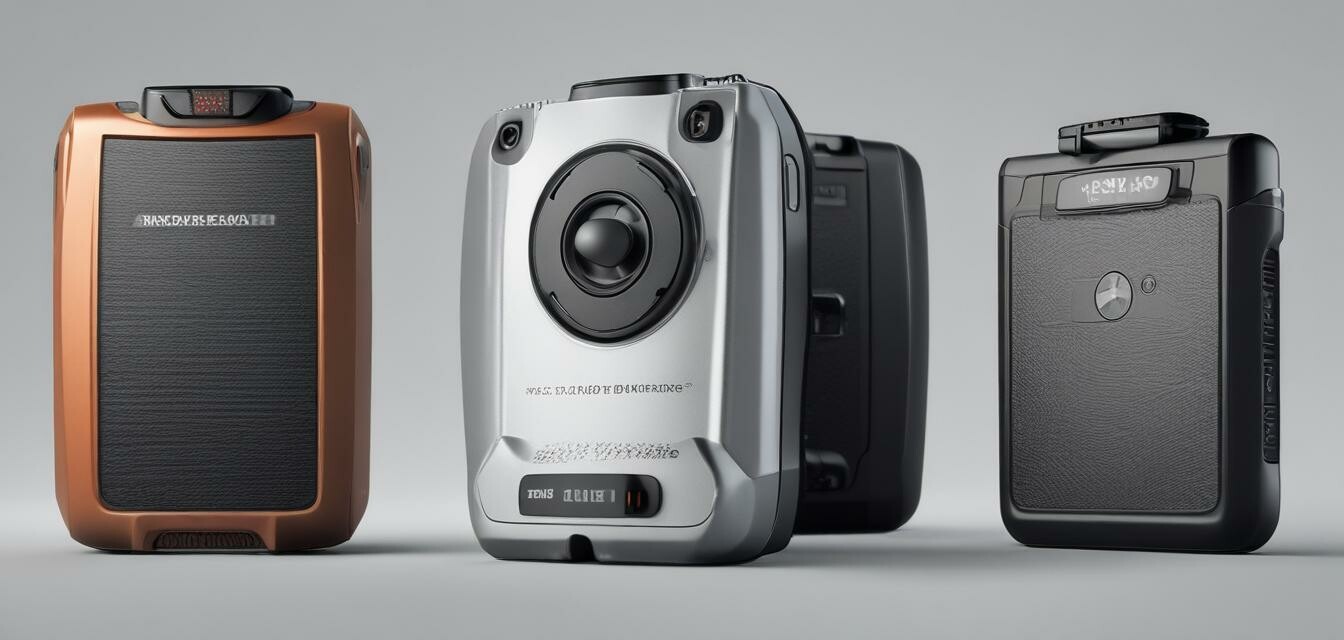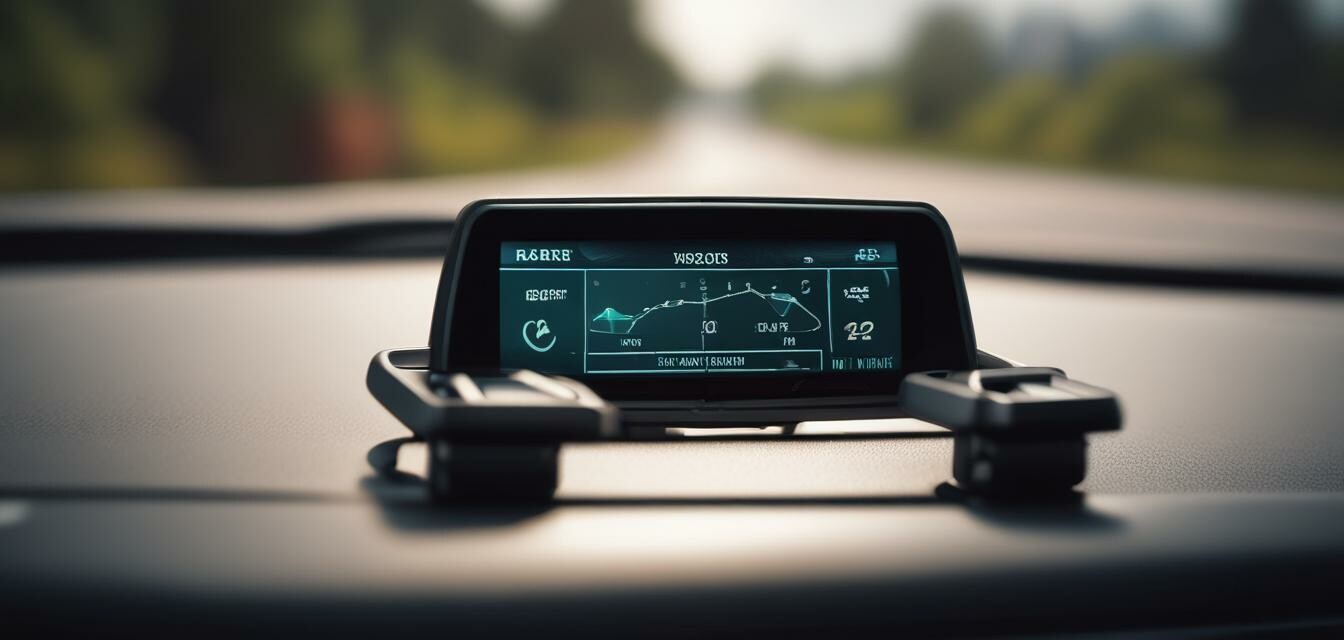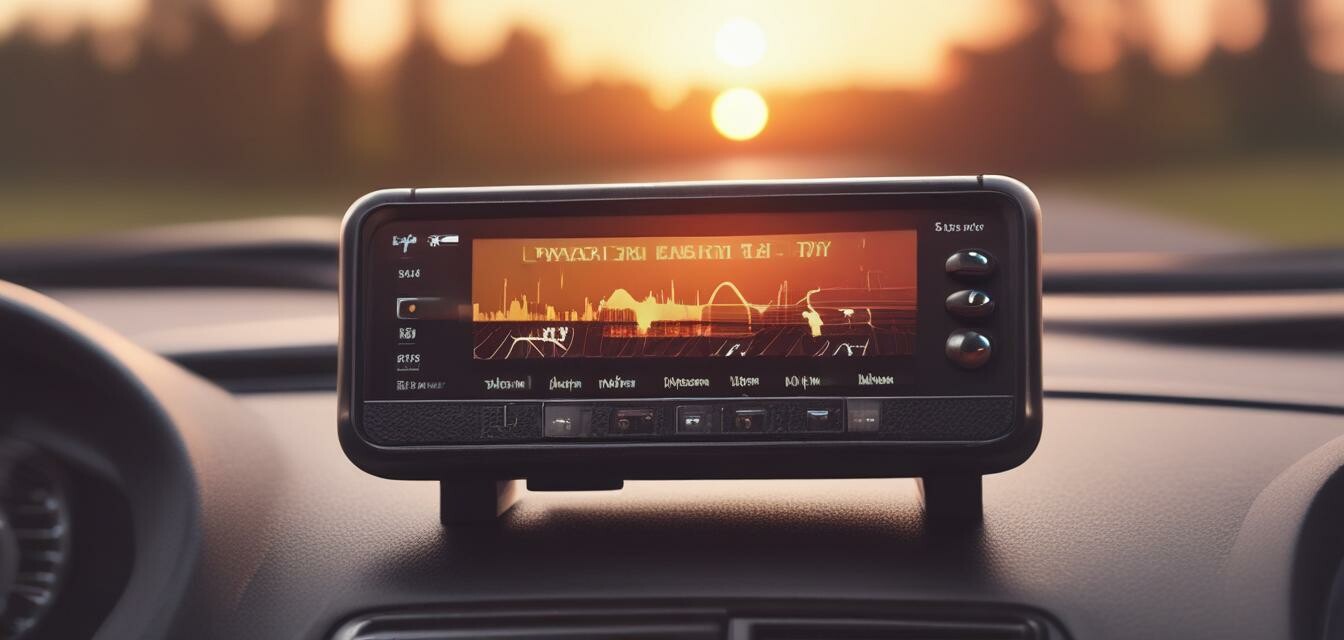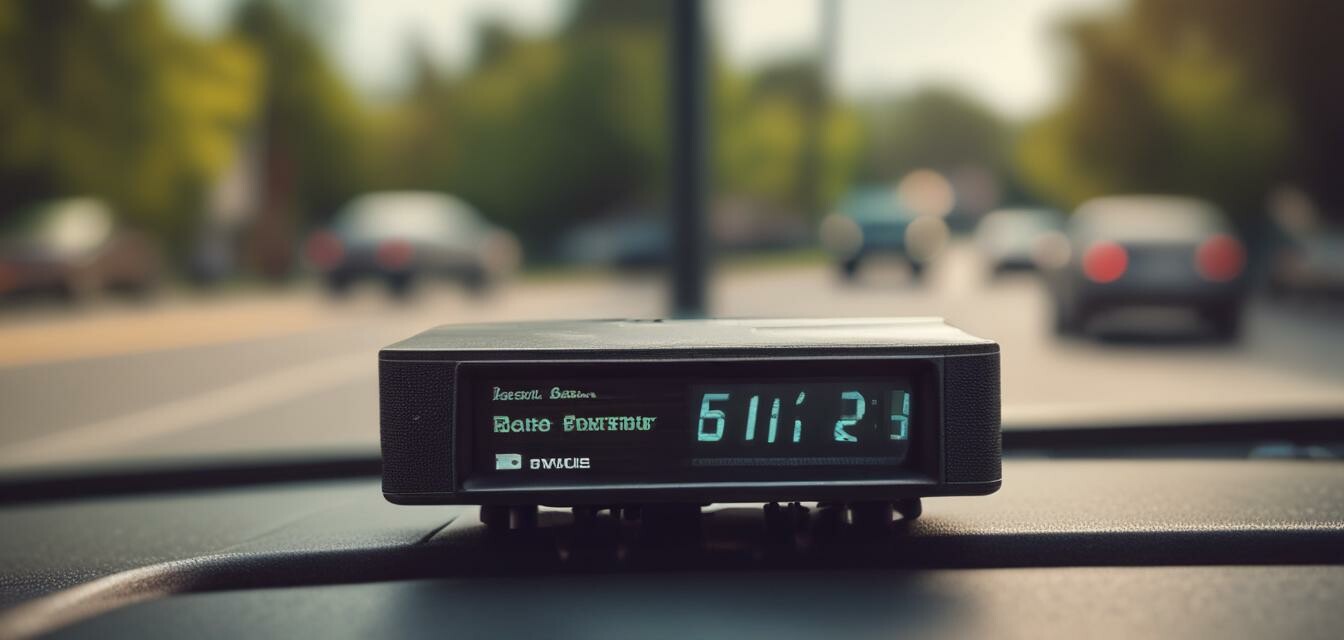
Troubleshooting Common Issues with Your Radar Detector
If you're new to the world of radar detectors, you might encounter some issues that can be frustrating and confusing. But don't worry, we've got you covered! In this article, we'll guide you through some common problems and provide solutions to get your radar detector up and running smoothly.
Key Takeaways
- Common issues with radar detectors include false alerts, poor detection range, and incorrect settings.
- Check your radar detector's settings, antennae, and placement to resolve most issues.
- Update your radar detector's software and firmware regularly to ensure optimal performance.
False Alerts: The Most Frustrating Issue
False alerts can be annoying and make you question the effectiveness of your radar detector. But before you throw it out the window, let's troubleshoot the possible causes:
| Cause | Solution |
|---|---|
| Incorrect settings | Check your radar detector's settings and adjust the sensitivity and filter settings according to your driving environment. |
| Interference from other devices | Move your radar detector away from other electronic devices, such as GPS devices or mobile phones. |
| Poor antenna placement | Adjust the antenna's position and angle to optimize its performance. |
Still experiencing false alerts? It might be time to update your radar detector's software and firmware. Check our guide on Advanced Radar Detectors for models with advanced filtering capabilities.
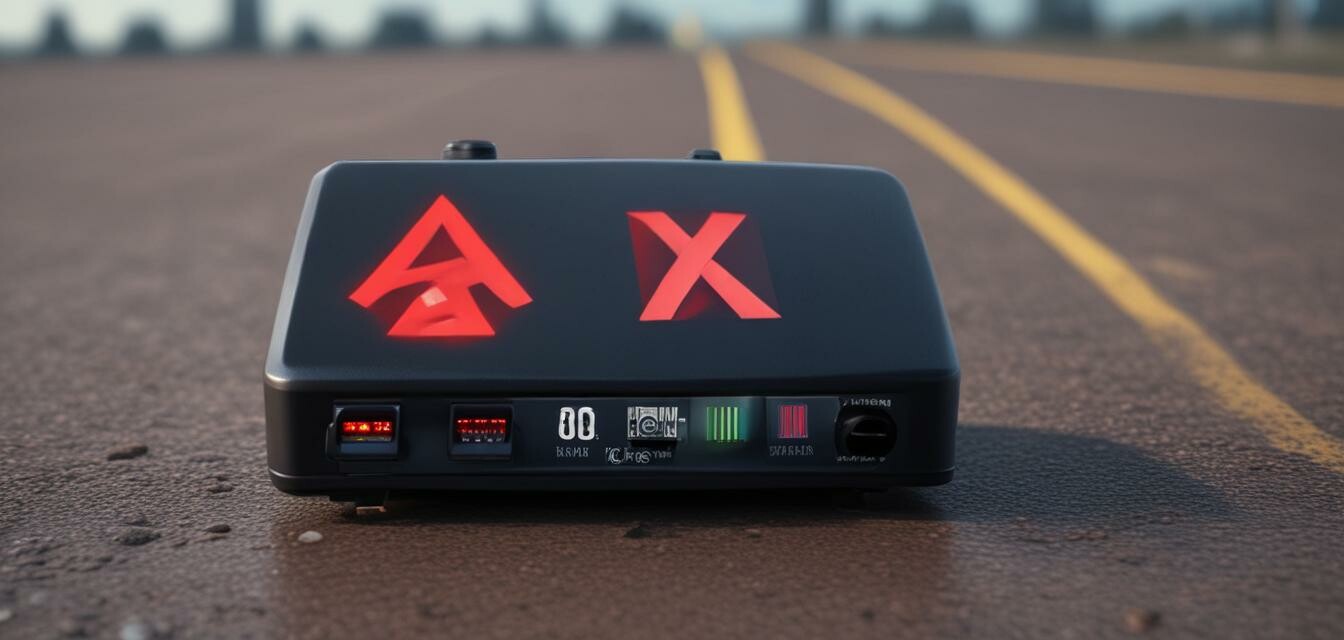
Poor Detection Range: What's Going On?
If your radar detector's detection range is poor, it can be a safety concern. Let's investigate the possible causes:
- Weak signal strength: Check if your radar detector is placed in a location with minimal obstruction, such as on the windshield or dashboard.
- Inadequate antennae: Consider upgrading to a high-gain antennae for improved signal reception.
- Outdated software and firmware: Regularly update your radar detector's software and firmware to ensure optimal performance.
Want to know more about radar detectors with advanced detection capabilities? Check out our guide on Laser Jammers.
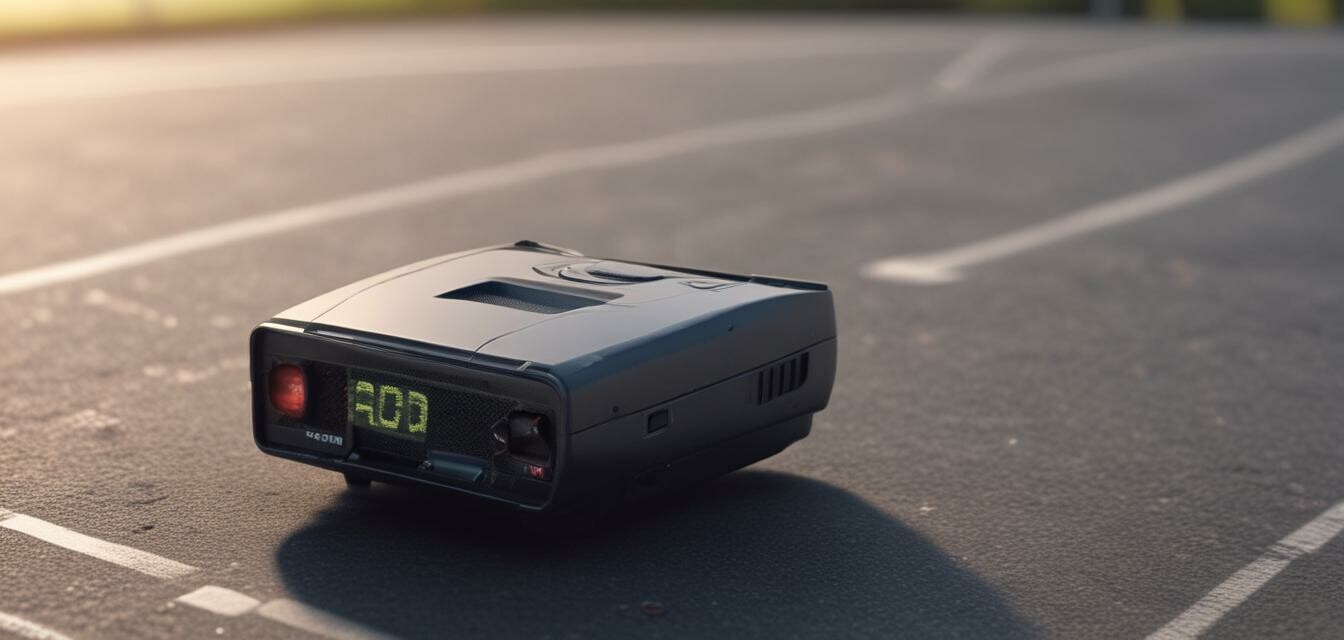
Incorrect Settings: A Simple Solution
Incorrect settings can lead to poor performance or false alerts. Make sure to:
- Set the correct radar frequency band for your region.
- Adjust the sensitivity and filter settings according to your driving environment.
- Enable or disable features such as GPS, laser detection, or voice alerts according to your needs.
Need help with setting up your radar detector? Refer to our guide on Entry-Level Radar Detectors for easy-to-use models.
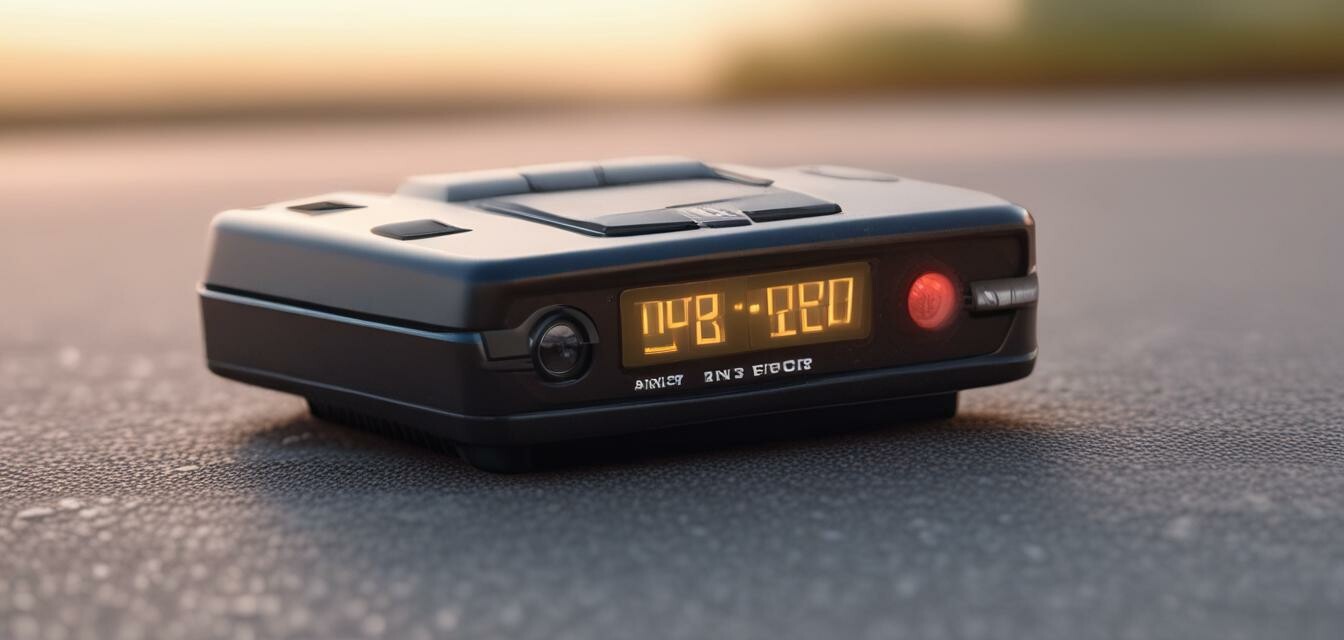
Pros of Regular Troubleshooting
- Optimal performance and accuracy
- Reduced false alerts and annoyance
- Improved safety and peace of mind
Cons of Ignoring Troubleshooting
- Poor performance and inaccurate results
- Increased frustration and anxiety
- Reduced safety and increased risk of getting caught
By following these troubleshooting steps, you'll be able to resolve common issues with your radar detector and enjoy a safer and more enjoyable driving experience.
Beginners' Tip
Regularly check and update your radar detector's software and firmware to ensure optimal performance and accuracy.
Now that you've learned how to troubleshoot common issues with your radar detector, you're ready to hit the road with confidence! Remember to always follow the manufacturer's instructions and guidelines for optimal performance.

